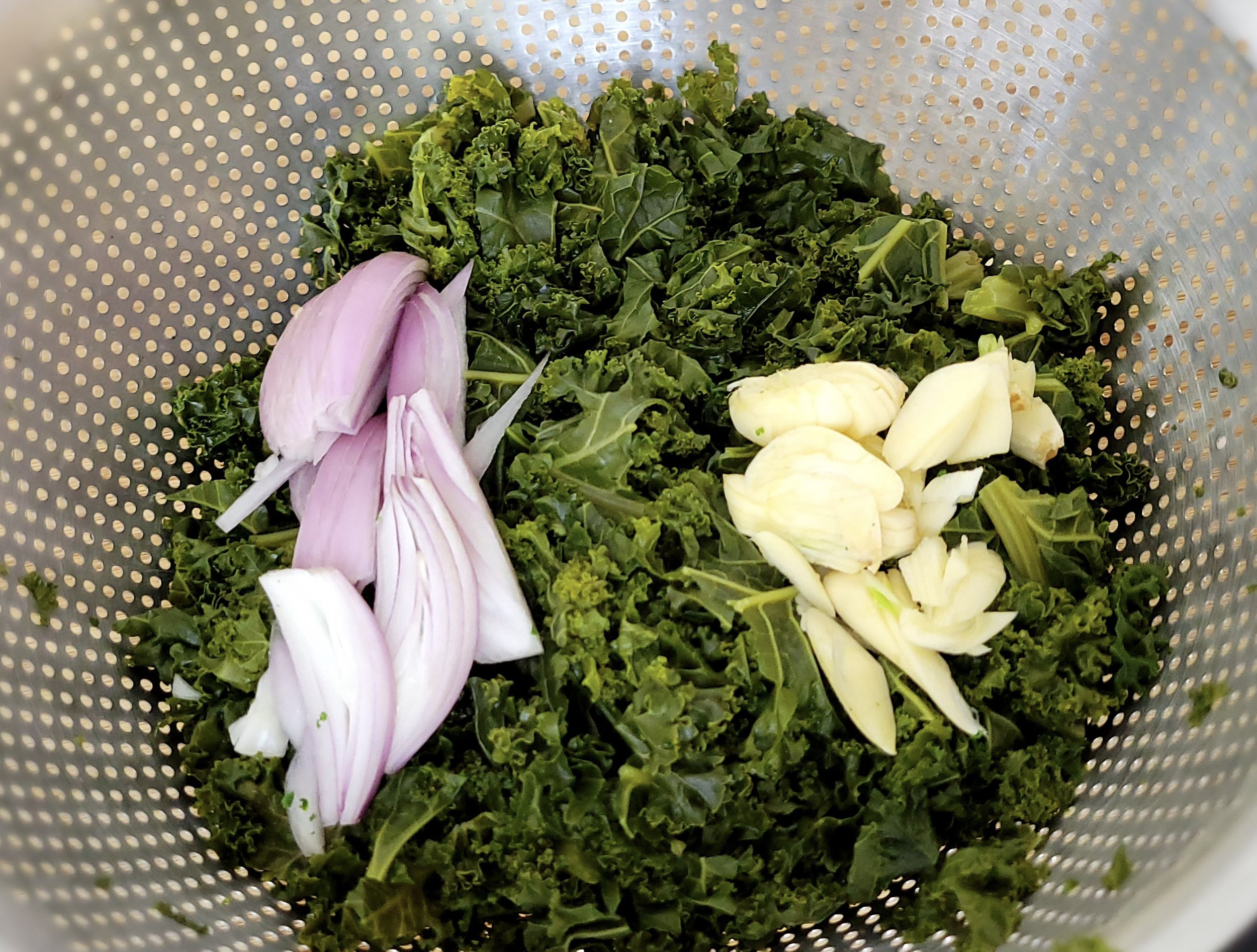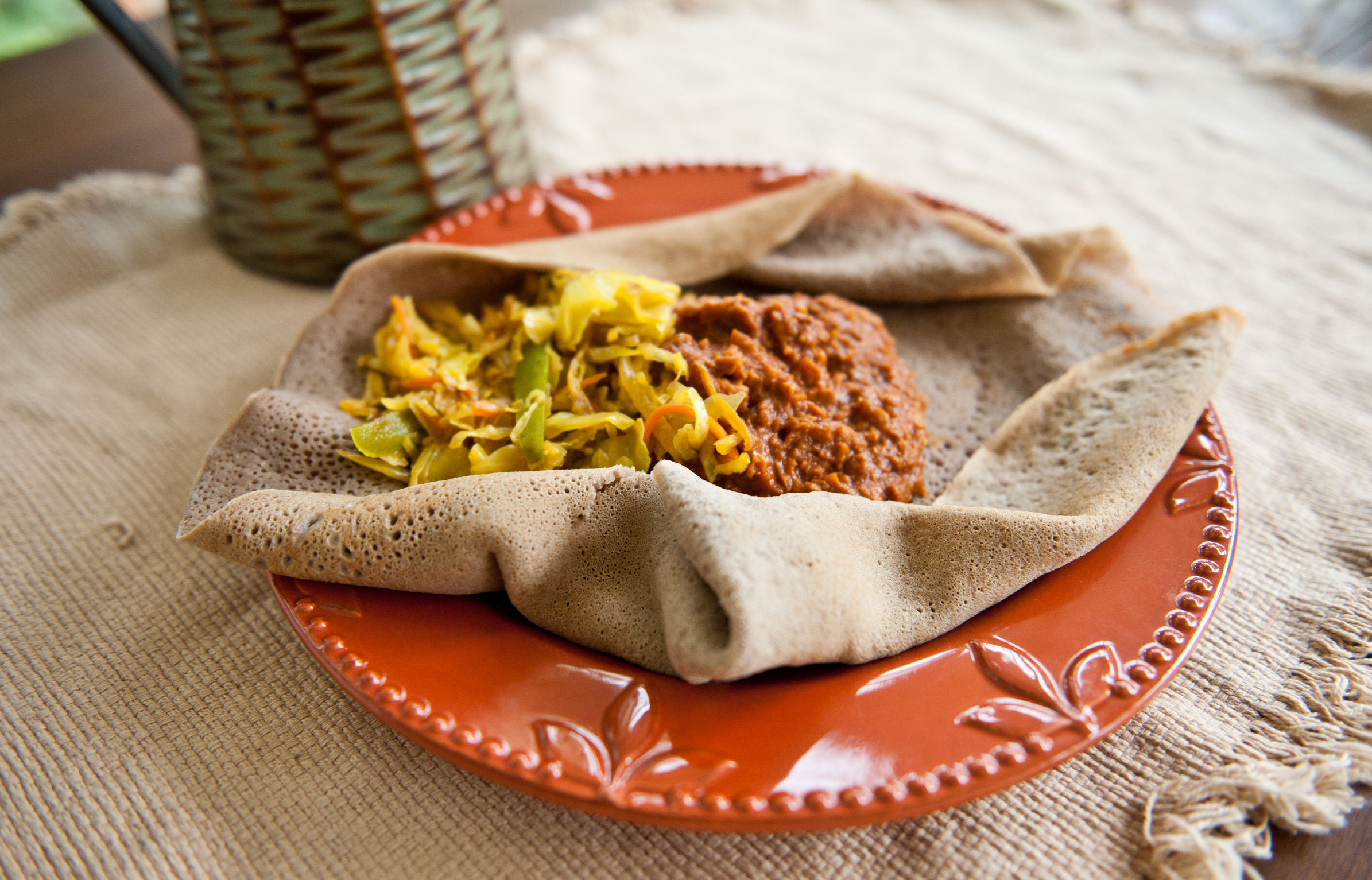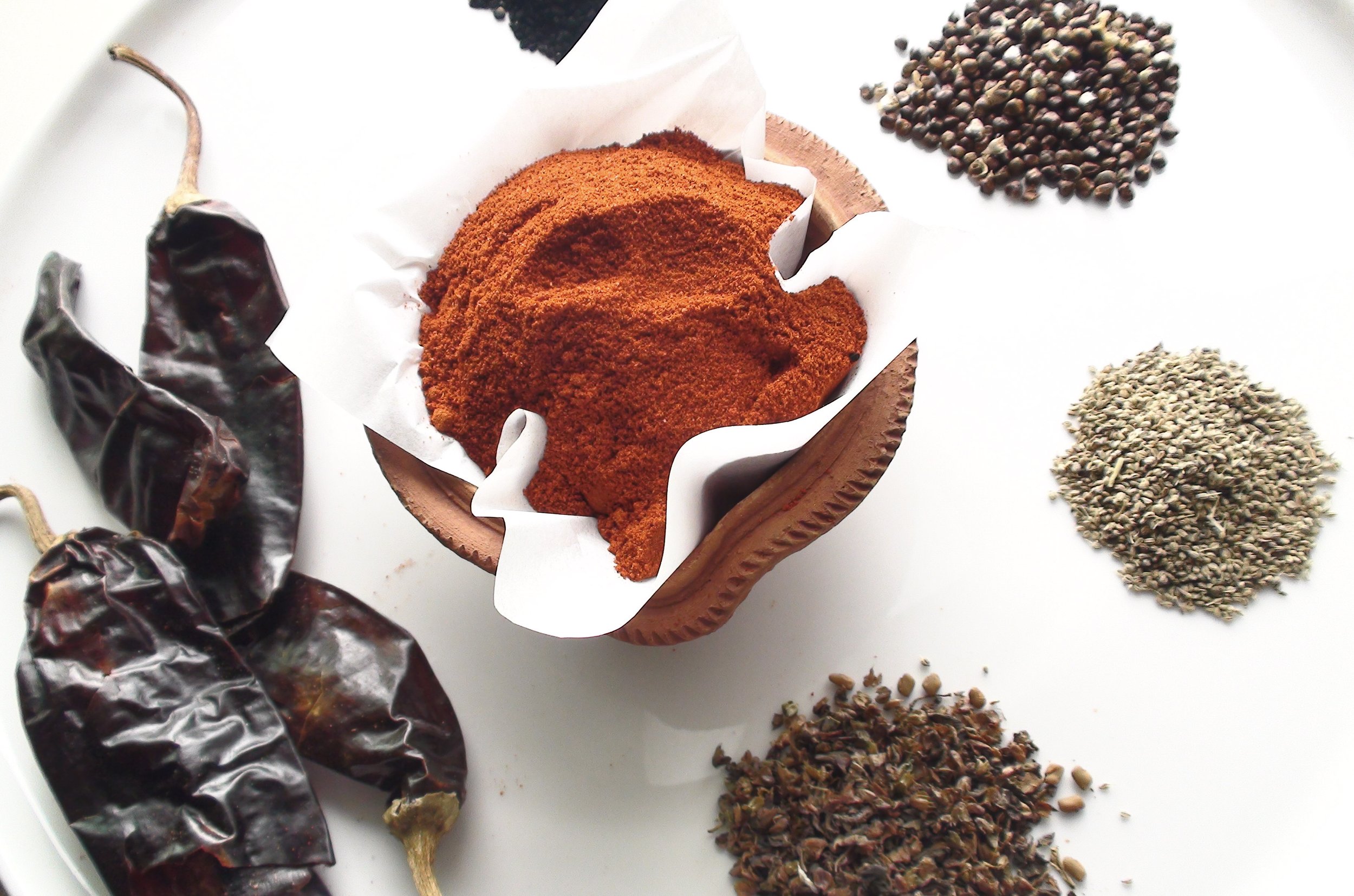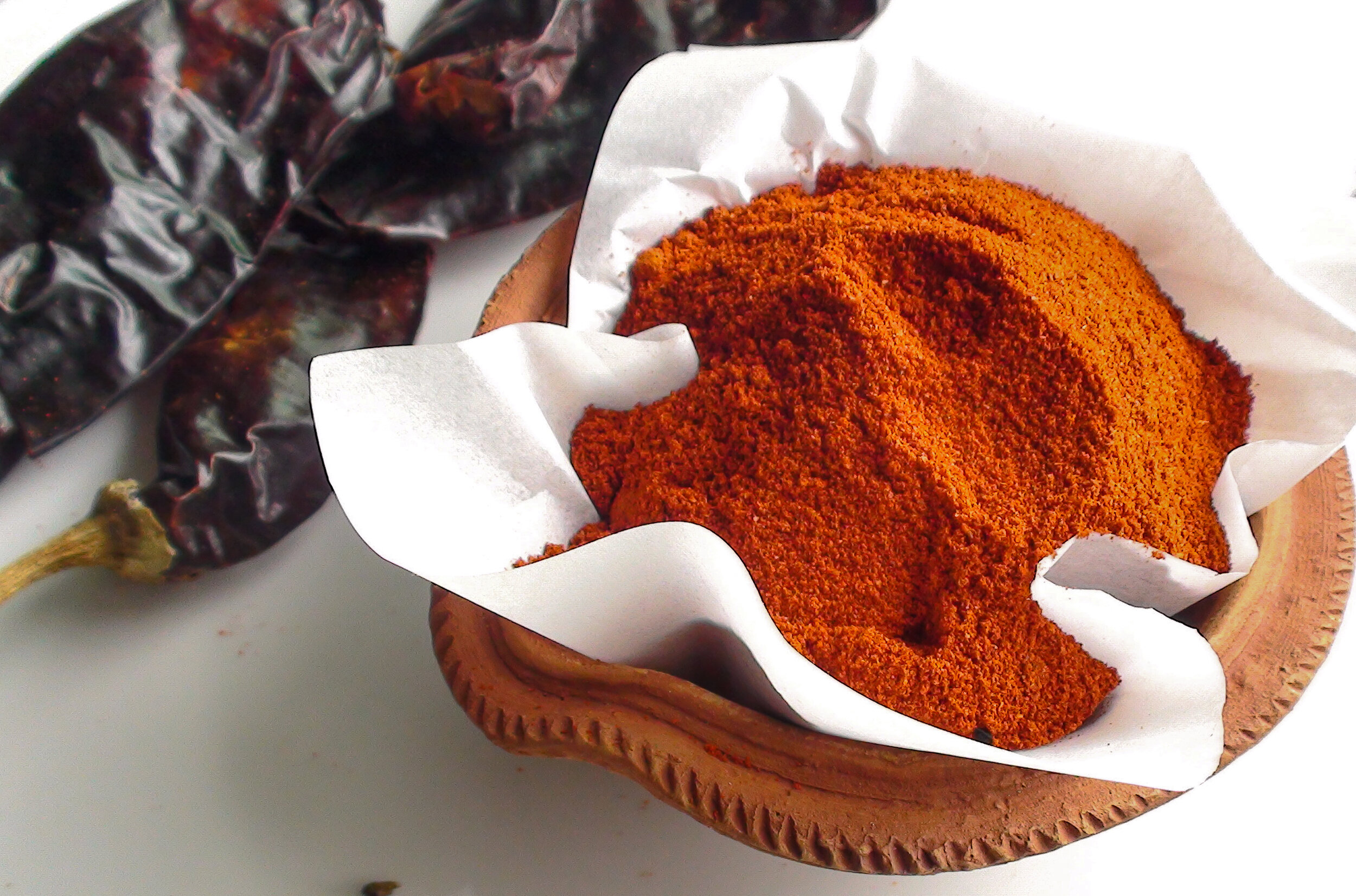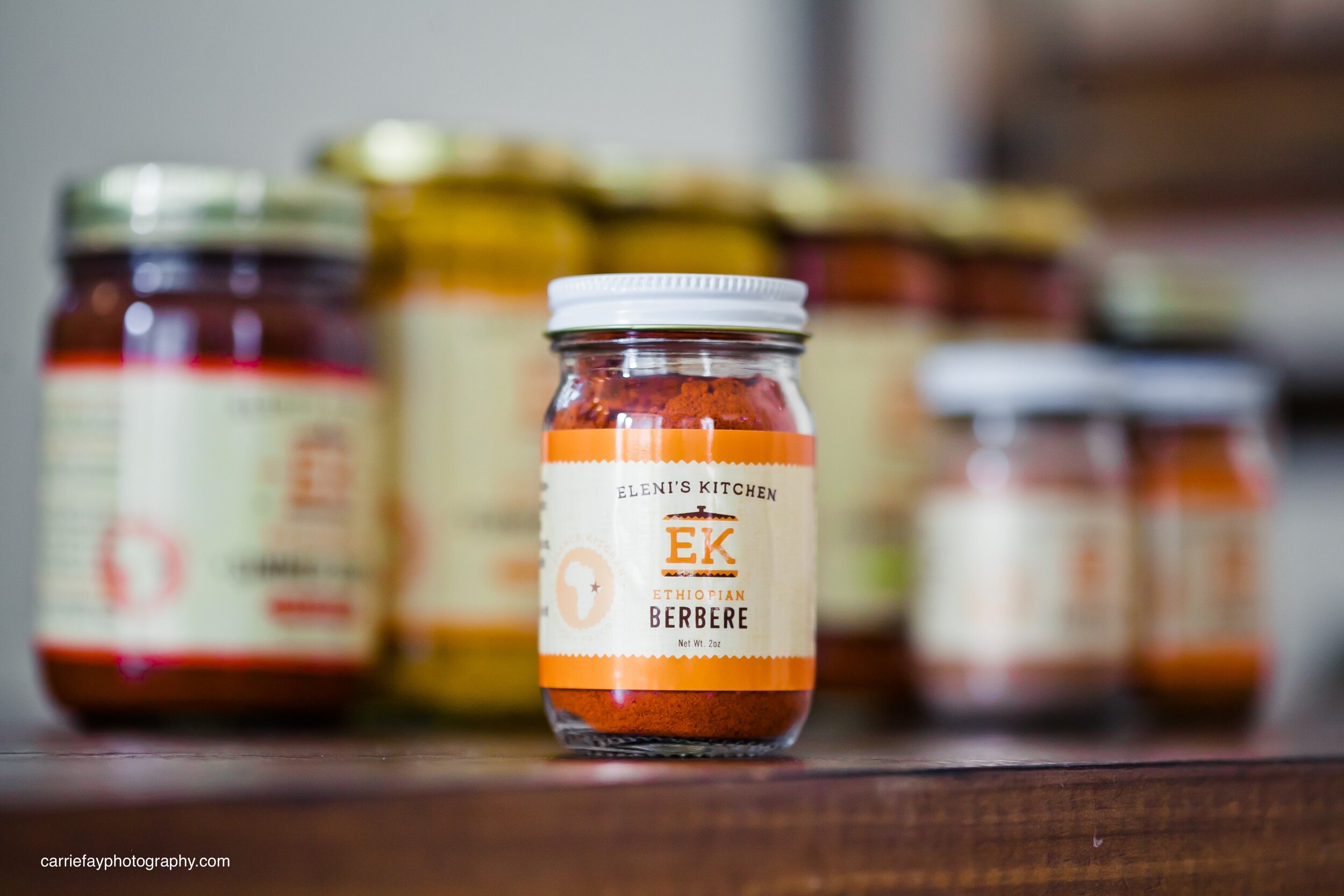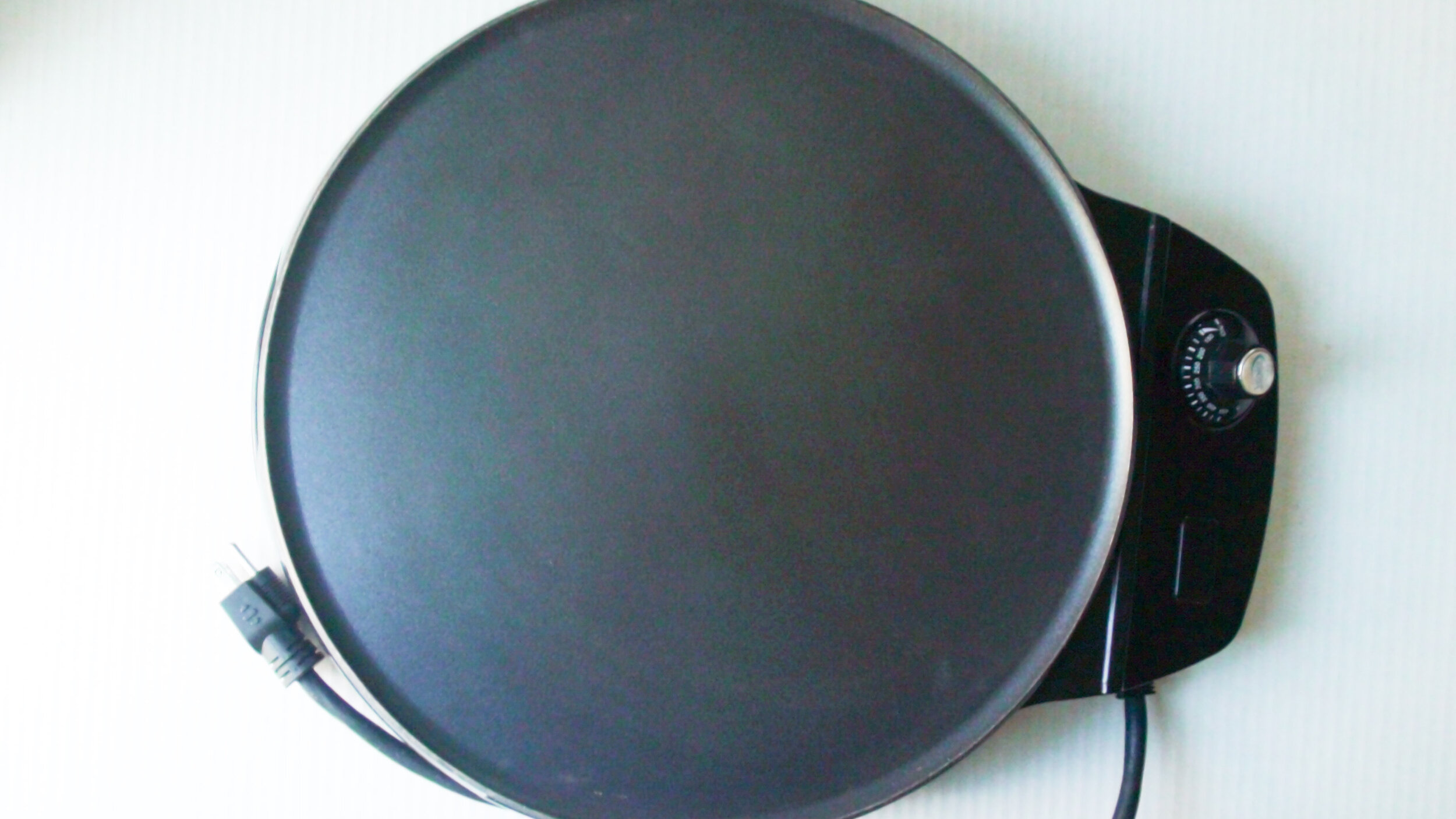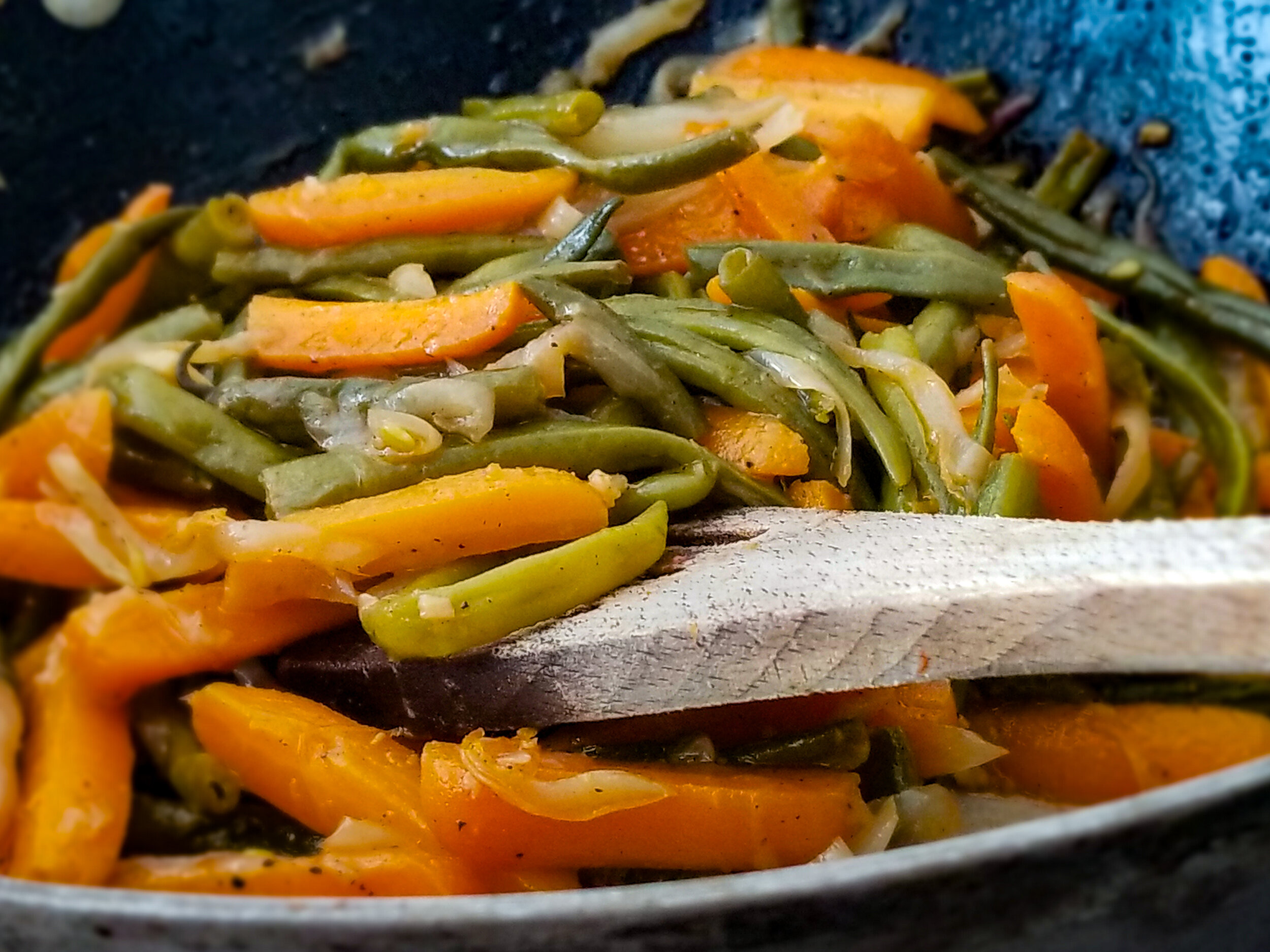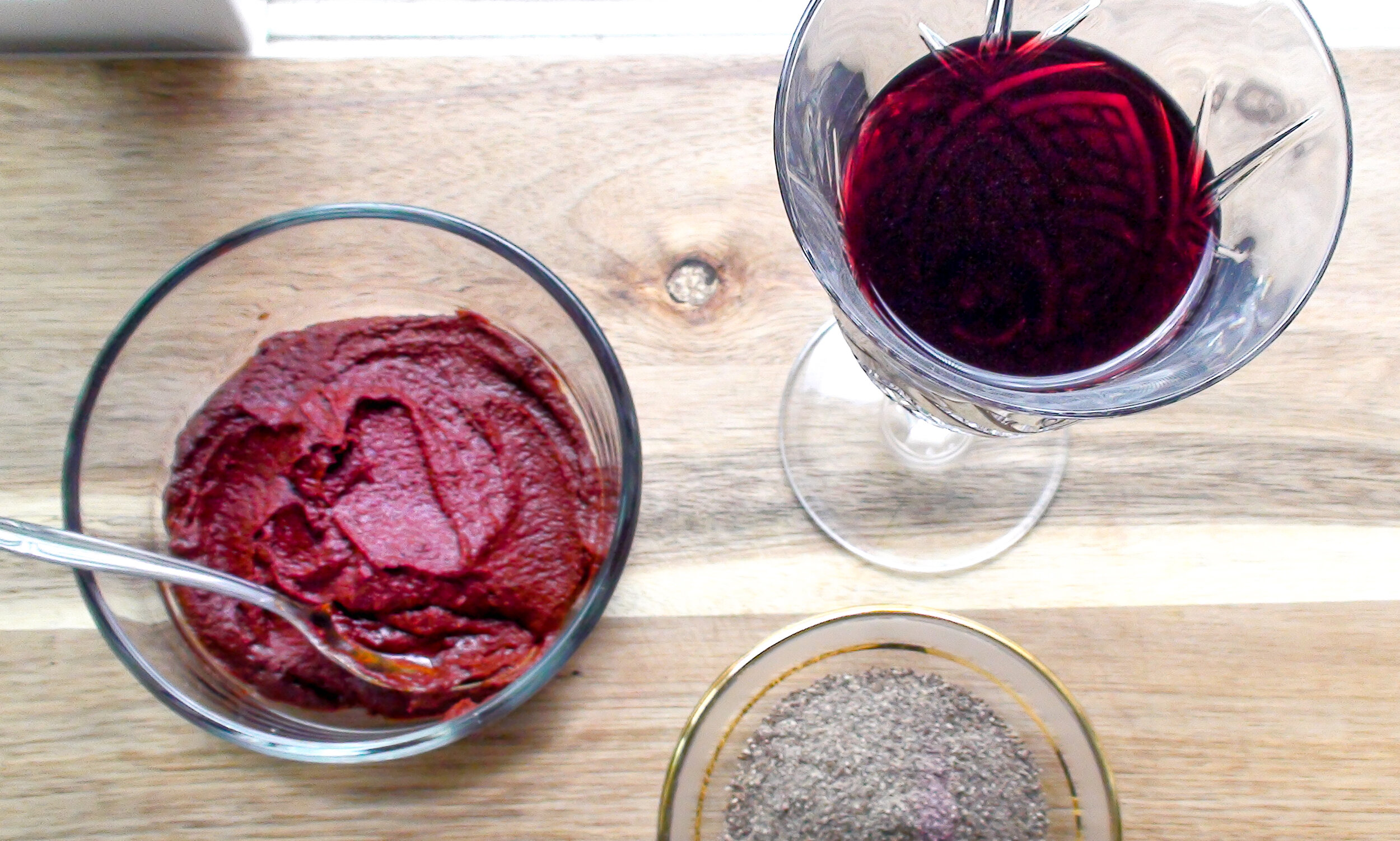The availability of greens at the farmers’ market this week inspired me to cook this delicious kale stir fry.
In the Ethiopian community, collards rather than kale are the most common greens used. But because kale cooks and tastes like collard greens, it becomes an easy substitute in stir-fries and in dishes with lentils or lamb.
Before cooking, make sure to cut off the tough stem ends, but keep the stem in the center of the kale leaves. Then, chop leaves into small bite-sized pieces.
Like collard greens, kale requires a long cooking time to soften. In this recipe, I recommend boiling the kale for 40 minutes before adding it to the stir fry. If short on time, or if you prefer a coarser texture of kale, 20 minutes of boiling should be sufficient. Boiling kale, like collards, also makes the taste less bitter.
For cooking and seasoning kale (or any leafy green) in a stir fry, my go-to ingredients are garlic, olive oil, onions, and jalapeños.
Ingredients:
3 bunch Kale, Chopped 1 medium Jalapeno, seeded and sliced 2 large shallots, thinly sliced 3 tbs olive oil 3 large garlic, thinly sliced salt to taste
DIRECTIONS:
Add the chopped kale to a large pan, and cover with water. Boil on medium-high heat for about 40 minutes. Strain and set aside.
Heat the oil in a large pan over low heat. Add the onions to the pan. Cook for about 3 minutes. Add the garlic, and cook for 2 minutes. Stir in the cooked kale and stir-fry for about 10 - 15 minutes, adding water as needed. Add jalapenos and stir. Cook 2 more minutes, and then season with salt. Optionally sprinkle a teaspoon of ground korerima (black cardamom) to add authentic flavor.


